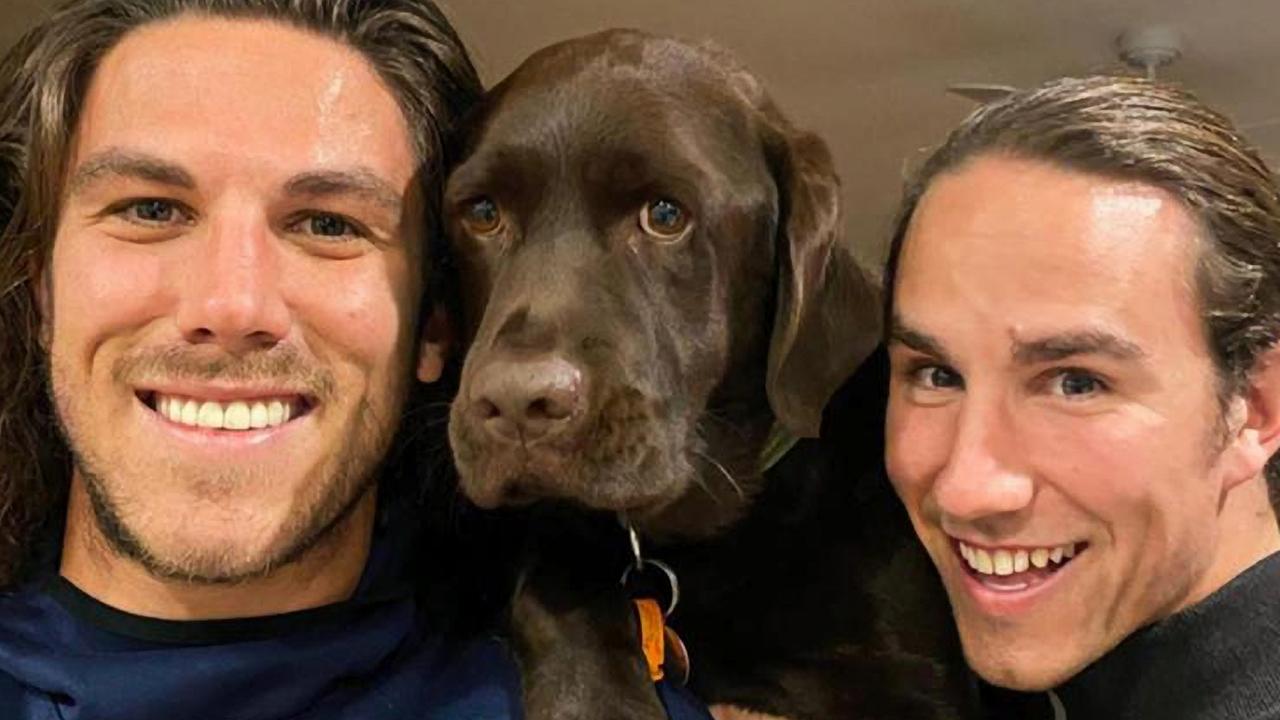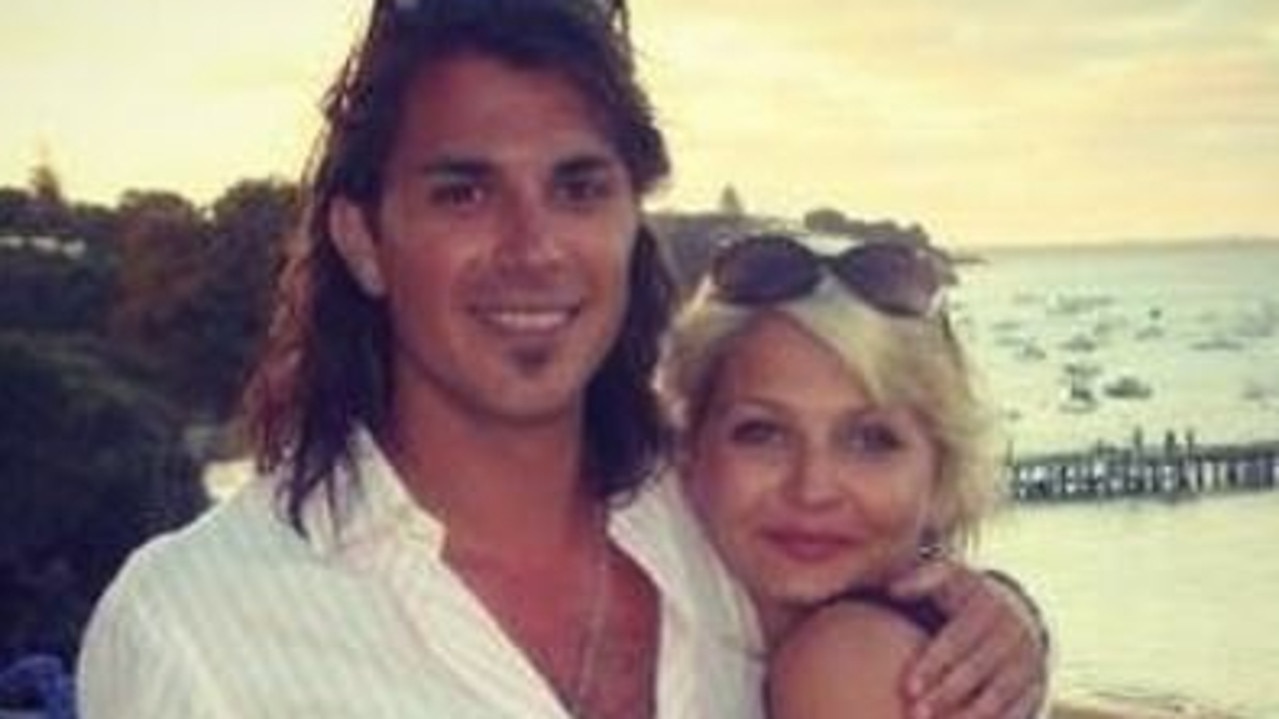Japanese death cult tested nerve gas in Australian outback
A REMOTE Australian outback station provided the perfect cover for the Japanese Supreme Truth cult leader, executed this month, to plan the Tokyo subway attack that killed 12 people. But did the cult also detonate a nuclear bomb in the desert?
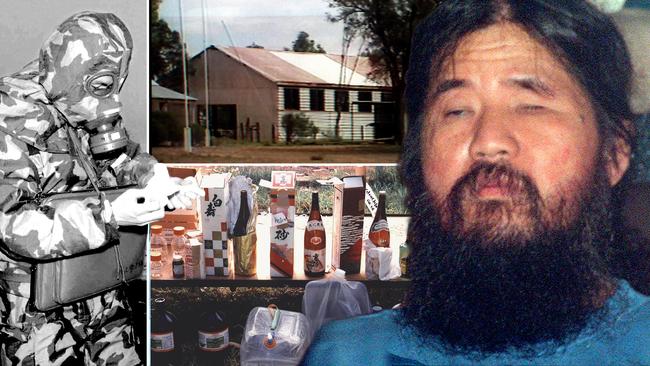
Crime in Focus
Don't miss out on the headlines from Crime in Focus. Followed categories will be added to My News.
IT WAS the unlikeliest of locations to plan for a major terror attack on the world’s busiest subway.
A dusty sheep station in the middle of nowhere Western Australia, about 700km east of Perth.
But in 1993 members of the Japanese Supreme Truth cult Aum Shinrikyo tested the deadly sarin nerve gas at the remote Banjawarn Station.
WHO’S WHO INSIDE THE BADDEST BIKIE CLUB
Some believe they even detonated a nuclear bomb among the red dust and saltbushes.
The sarin nerve gas was used the following year in the Matsumoto attack by the cult that killed eight people.
In 1995 the group rose to world prominence when they used the gas in the deadly Tokyo subway attack that killed 12 people and injured thousands more.
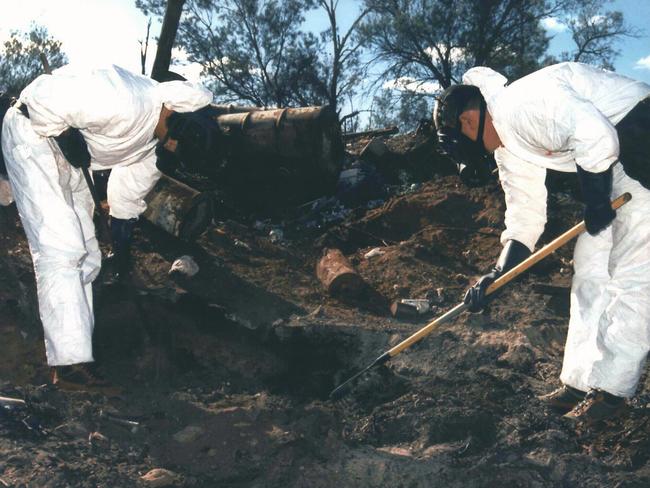
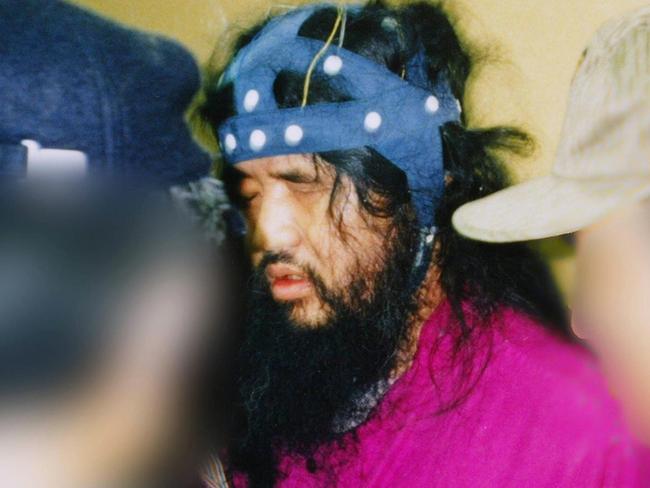
Earlier this month seven members of the group, including leader Shoko Asahara, were executed in Tokyo after being sentenced to death over the horrific crimes.
Another six cult members remain on death row.
Here’s the story of the time terror was tested in the WA outback.
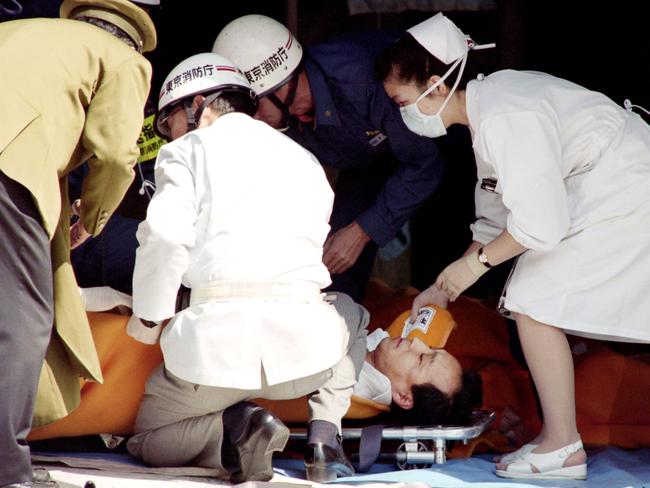
HOW BANJAWARN BECAME TERROR ATTACK SITE
DESPITE its remoteness, Banjawarn station was the perfect location to prepare for a deadly terror attack.
There are few more isolated places in the world than the dusty roads of outback Western Australia.
The huge 400,000 hectare station was far from the prying eyes of authorities.
In 1993 cult members used the services of an Australian citizen of Japanese heritage to organise buying a remote property.
They wouldn’t say what its exact purpose was, only that it was for experiments.
A group of cult members arrived in Australia and reportedly examined properties in other states before settling on Banjawarn station.
The property on the edge of the Great Victoria Desert was about 350km from the nearest major centre Kalgoorlie.
The cult paid $500,000 for Banjawarn.
Later that year, about 25 sect members arrived in Australia.
Two members were arrested at Perth Airport for possessing hydrochloric acid in containers marked hand soap. Two crate loads of chemicals were also confiscated.
But other Japanese cult members passed Customs with almost 60 litres of chemicals disguised as sake.
Sect members paid $330,000 (the price of three Melbourne homes at the time) in excess baggage to bring the two huge crates of chemicals and mining equipment to WA.
But it is unclear if the 30 sake bottles, each holding 1.8 litres of toxic chemicals, were stored in the Qantas luggage compartments or the passenger cabin.
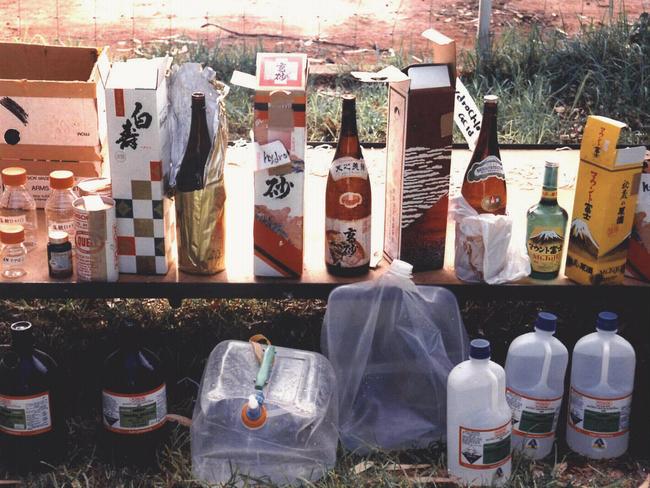
They were critical components for the litres of lethal sarin the group made.
The sect’s mysterious blind guru, Shoko Asahara, and other key leaders of Aum were among those who arrived in Perth with the chemical stash.
When they arrived at the sheep station the group began testing sarin gas on sheep and possibly tested another gas too.
According to a Japanese newspaper report, the Australian manager of the property, Neville Brosnan, told police he had been barred from entering the kitchen by the sect members.

Laboratory tests later confirmed one of the gases was sarin, which was developed by the Nazis in World War II.
Authorities at the time were reluctant to link the deadly attacks to the testing in WA.
“But clearly when sarin is the gas that was used in that horrific attack in the Tokyo subway which killed 12 persons and when we find in Australia residues which appear to be connected with testing of that gas then that obviously is a matter that the Japanese authorities are going to treat very seriously, and we are too,” then Justice Minister Duncan Kerr said.
The minister stressed that the gas no longer posed any threat because the quantities of gas were so minute.
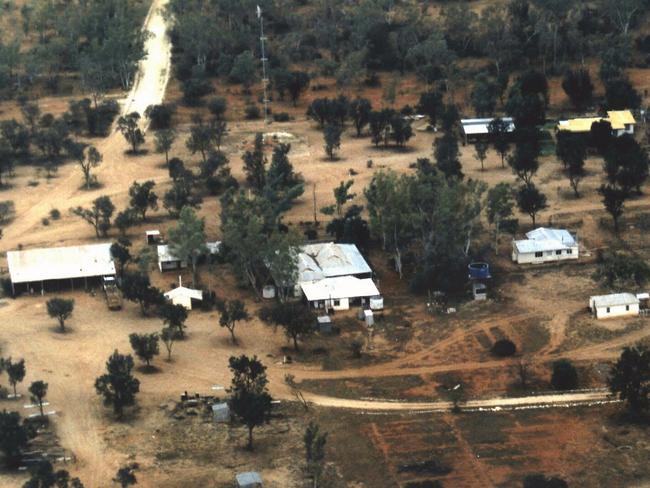
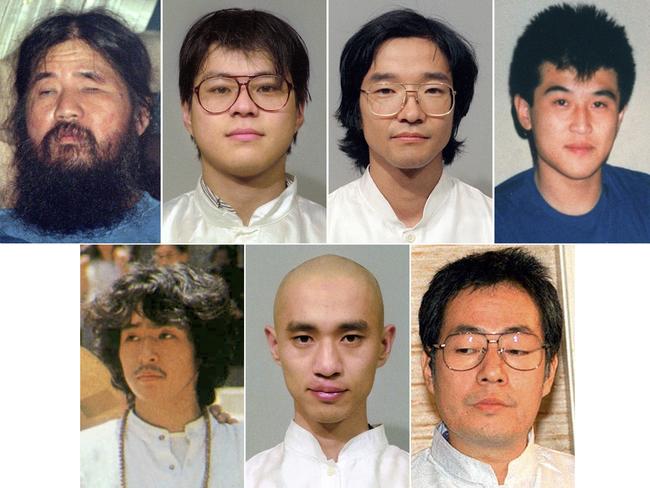
DID CULT DETONATE NUCLEAR BOMB IN OUTBACK?
DURING their time at Banjawarn the doomsday cult tried to enrich uranium.
Statements from two followers Seiichi Endo and Toru Toyoda told of the group’s nuclear ambitions and how they extracted uranium from ore in failed attempts to enrich it.
Cult members studied at Japan’s top universities and the cult attracted scientists with promises to freely pursue research, according to reports at the time.
MORE CRIME: WAS OUTBACK DEATH SUICIDE OR MORE SINISTER
FRANKSTON ARREST LINKED TO GRIMMER COLD CASE
The cult’s purpose in trying to develop nuclear weapons and nerve gas — there are also indications it wanted to make germ weapons — appears to have been to prepare for an Armageddon.
Late at night on May 28 1993, unusual seismic activity was detected in the area around Banjawarn station.
A magnitude 3.6 blast shook the desert.
Singapore-based geologist Harry Mason claimed to have witnesses that had seen a flash that turned night into and an orange cloud rising into the sky.
Long distance truck drivers and miners at a nearby camp were among those said to have seen the blast.
Witness Stanley Vincent told a BBC documentary that he heard a big bang and saw everything light up.
It was initially thought to be a meteorite, but no evidence of this was found.
Very few earthquakes had ever been recorded in the area.
When the link to it happening in the same area as the cult was established the US Senate Governmental Affairs Committee investigated the blast.
“I currently believe that a nuke is a very real possibility but a meteorite and an earthquake cannot be ruled out either,’’ Mason wrote in a report to Senate investigators in October 1995.
The Senate investigation and an investigation by the Australian Federal Police found no evidence that it was a nuclear blast.

TERROR ON THE TOKYO SUBWAY
IT was “like a whiff of perfume.”
That’s how Dave Pearson, the only Australian victim of the Tokyo subway attack remembered it.
As the scent of the sarin nerve gas wafted through the world’s busiest subway system during peak hour, Mr Pearson was just one carriage away from death.
But Mr Pearson had no idea of the danger, even after he saw a body writhing on the ground before him.
“There were a few people coughing more than usual,” he told the Herald Sun in 1996 from his office where he managed Westpac’s financial markets group in Tokyo.
“I remember noticing this sort of sweet, plastic smell. It was faint — like a whiff of perfume.”

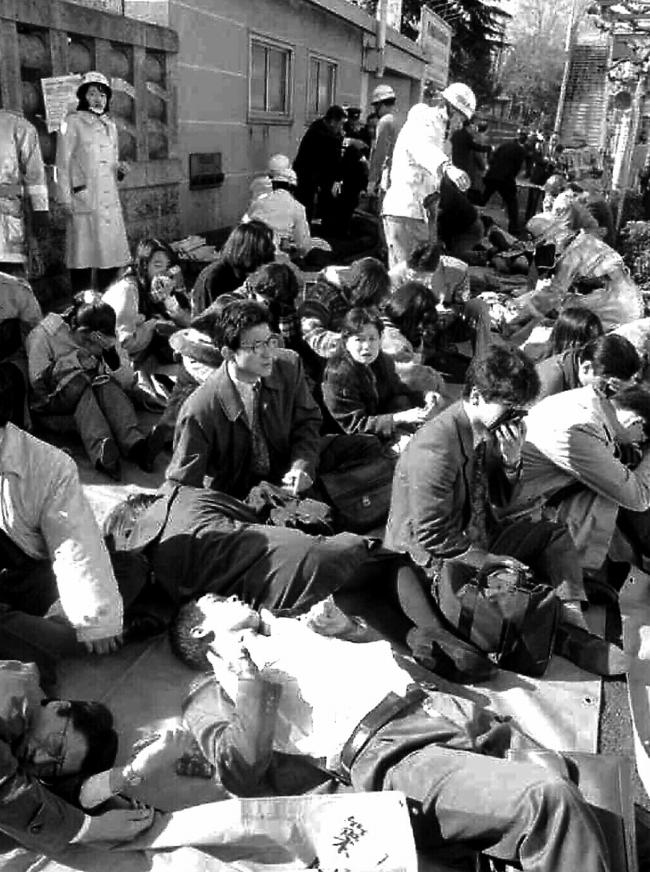

The sweet smell, described by other survivors as similar to paint thinner, was a deliberate tactic of Asahara. He had ordered his chemical experts to make the gas smell like fruit so people would suck up the scent.
The gas attacked Mr Pearson’s vision and nervous system and created problems that continue.
“About a month later I had my first panic attack,” he said.
“I thought I was having a heart attack — head spinning, ears ringing, heart pumping. It went on for two hours.”
For the attack, the liquid sarin was placed in plastic bags that were wrapped in newspaper.
At stations the bags were punctured with the tip of a sharpened umbrella.
The cult members then got off the train as the gas seeped out and affected those in the train.
Several lines were targeted with 12 people killed and about 50 severely injured.
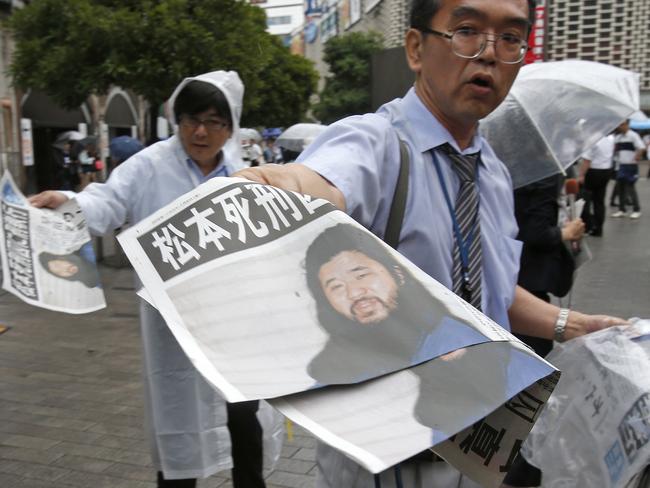
CULT MEMBERS EXECUTED
ON July 6 more than 22 years after the deadly attack cult leader Shoko Asahara and six followed were executed.
After 20 years of trials for cult members the case finally came to an end in January when a life sentence for one of the cult was upheld.
Other gang members are yet to be executed.


